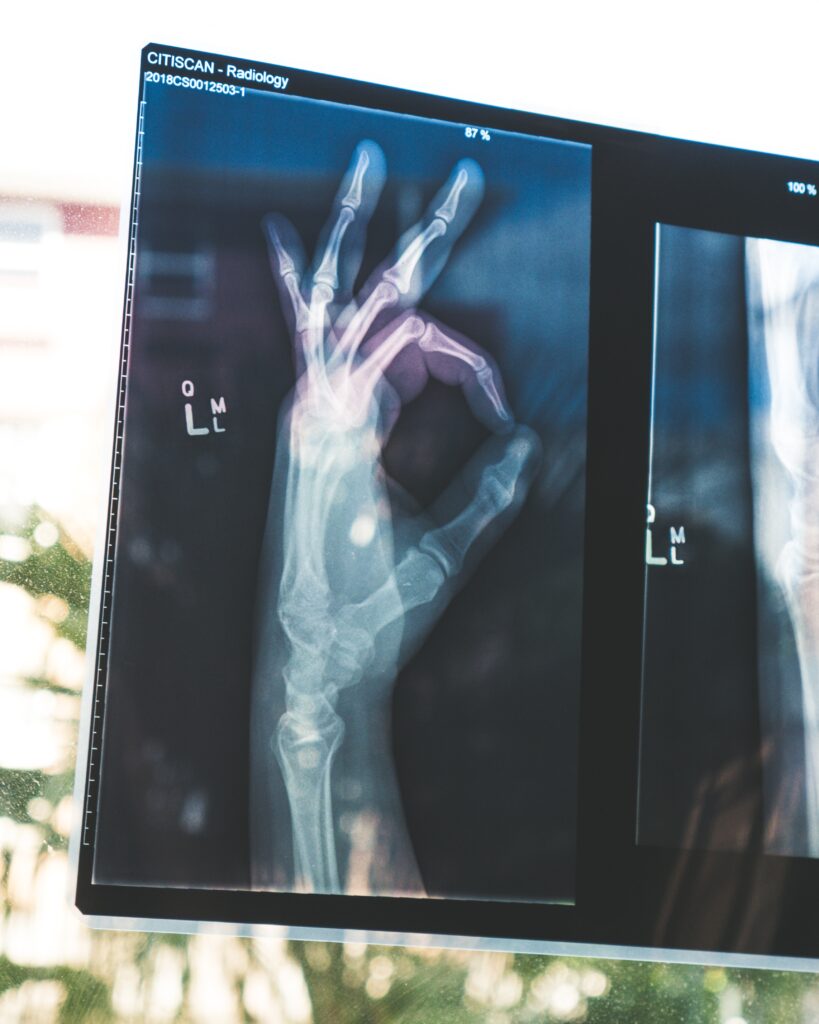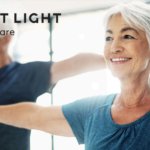Osteoporosis – What You Need to Know
Osteoporosis is a condition where bones become thin, weak and fragile, meaning even a minor bump or accident can cause a broken bone.
Osteoporosis affects all the bones in the body, however, fractures occur most frequently in the spine, wrist and hips. While osteoporosis is not painful, the broken bones can result in severe pain, significant disability and even mortality. Both hip and spine fractures are also associated with a higher risk of death – with 20 percent of those who suffer a hip fracture dying within six months after the fracture*.
According to the International Osteoporosis Foundation (IOF), it is estimated that by 50 years of age, one in three women and one in five men will suffer a fracture in their remaining lifetime. IOF also says that for women, the risk of a hip fracture is greater than the combined risk of breast, ovarian and uterine cancer. For men, the risk is higher than the risk of prostate cancer. Add to that, half of all people with one osteoporotic fracture will have another, with the risk of new fractures rising exponentially with each fracture.

Understanding Osteoporosis
To better understand the risks, prevention and treatment strategies for osteoporosis, Cape Byron Medical Centre GP, Dr Adam Ellerby (pictured below) answers some of the more common questions of what osteoporosis is, and what you can do to prevent and treat this potentially debilitating condition.

What is Osteoporosis?
Osteoporosis in simple terms is when the strength of our bones is depleted. It has quite a number of contributors but in essence the bone mineral content (calcium) becomes reduced. This results in micro-structural changes that weaken our bones and makes them more prone to fracture.
In Australia 3% of men and 13% of women aged 50-69 are osteoporotic (the likelihood of developing osteoporosis) rises to 13% of men and 43% of women older than 70 years of age**.
“Interestingly, around half of all men and women over 50 years are osteopenic, which is a low bone density – but below the required level for pathological diagnosis.”

PICTURED ABOVE: Osteoporosis 4 stages
What are the symptoms of Osteoporosis?
Unfortunately low bone density rarely presents with signs or symptoms until very late. The most common time that osteoporosis is actually picked up will be once somebody sustains a broken bone. The typical fractures that should trigger a bone assessment are those known as “minimal trauma”. This is where a long bone is broken under forces equal to or less than a fall from standing height. The typical locations for these fractures are hips, wrists and vertebral body of the spine.
What causes Osteoporosis? Is it hereditary?
Bone density decreases gradually over time. Therefore, the most common and inescapable risk comes with increasing age. Family history and being female are also risk factors, however there are quite a number of lifestyle factors that can make a large difference to bone health.
“Smoking, alcohol intake and a sedentary lifestyle are the most common risk factors associated with osteoporosis. Efforts to reduce these unhelpful lifestyle habits have robust proof to improve one’s bone health.”
There are also a handful chronic health problems and medications that increase the risk for osteoporosis. These include – but are by no means limited to; thyroid disorders, rheumatoid arthritis, corticosteroid therapy and taking PPIs (Proton Pump Inhibitors – used commonly and available over the counter for reflux/gastritis). Discussions with your doctor is needed to minimise morbidity from these conditions whilst only using the absolute necessary doses and durations of these medications – as the effects over a lifetime are often cumulative.

Dr Ellerby says most cases of osteoporosis can be avoided with adequate diet, regular weight-bearing/high impact exercise, and by avoiding smoking and alcohol. For older people there is also great evidence that physical balance training and falls prevention programs are effective in reducing the number of fractures..
Can you prevent Osteoporosis with diet?
Diet is a very interesting topic in osteoporosis. The main dietary elements involved in bone health are consuming enough quantities of Calcium and Vitamin D. There is no recommendation for additional Calcium or Vitamin D to reduce the risk of low bone density. However, we know that adults should take 1300mg of calcium daily through their diets – and we do know that most in Australia will get sufficient Vitamin D through (responsible) skin exposure to the sun.
The interesting point lies (particularly around the Byron Bay region) where strict plant-based diets are increasingly common-place. Historically the vast majority of calcium intake in our diets came from dairy products. With a lot of alternatives now being fortified with calcium it is important for this population that follow a vegetarian / vegan diet are sticking to the recommended 1300mg daily of Calcium.
This last point is really important for children. Childhood (and in particular adolescents) is where the majority of bone growth and development occurs. Calcium restrictions during these ages has tremendous negative outcomes on bone health for many decades later. This can lead to a huge future risk of osteoporosis and fractures.
A diet adequate in protein has good evidence to maintain a healthy BMI (Body Mass Index) and muscle mass. Low BMI and low muscle mass are both independent risk factors for Osteoporosis and trauma fracture.
How do you treat Osteoporosis?
As in all walks of medicine – prevention is key! Most cases of Osteoporosis can be avoided with adequate diet, regular weight-bearing/high impact exercise and by avoiding smoking and alcohol. For older people there is also great evidence that physical balance training and falls prevention programs are effective in reducing the number of fractures.
Once the diagnosis of Osteoporosis has been made there is a selection of medications which can reduce the disease progression by slowing the absorption of calcium from the bone. A popular option currently is Denosumab (Prolia) injection due to the dose being administered once every 6 months. The other main class are the bisphosphonates which come in oral or infusion-based regimes. Another option for women who are post-menopausal is an oestrogen-based menopausal hormonal treatment (MHT) as oestrogen is known to have a protective effect of bone density.
The Ideal Preventative Diet for Osteoporosis
According to the International Osteoporosis Foundation, diet can play an extremely helpful role in managing Osteoporosis.
A well-balanced diet, one that is rich in calcium, Vitamin D and protein, plus an adequate intake of other important micronutrients, is essential to maintain a healthy skeleton during adulthood.
Milk and other dairy foods are the most readily available sources of calcium in any diet.
Other good food sources of calcium include green vegetables, such as broccoli, kale and bok choy.
Whole canned fish with soft, edible bones such as sardines or pilchards are also very helpful, as are nuts, and tofu that is set with calcium*.

Foods rich in calcium include sardines, almonds, cottage cheese, hazelnuts, parsley leaves, blue poppy seed, broccoli, Italian cabbage, cheese, and milk.
Sources
* International Osteoporosis Foundation www.osteoporosis.foundation
**Hip fracture incidence and hospitalisations in Australia, Australian Institute of Health and Welfare, www.aihw.gov.au



